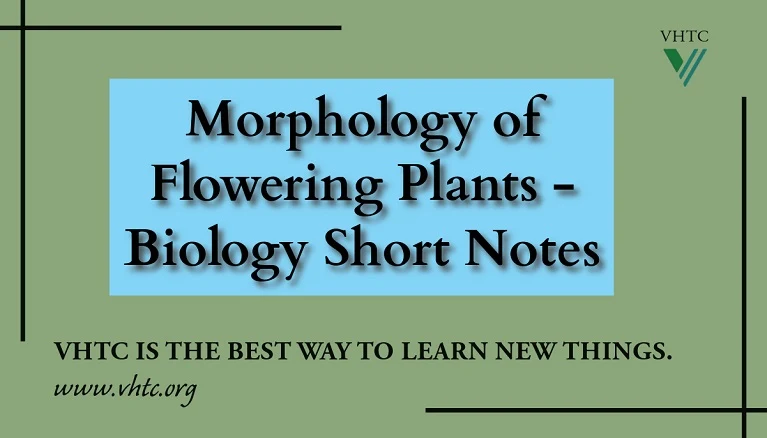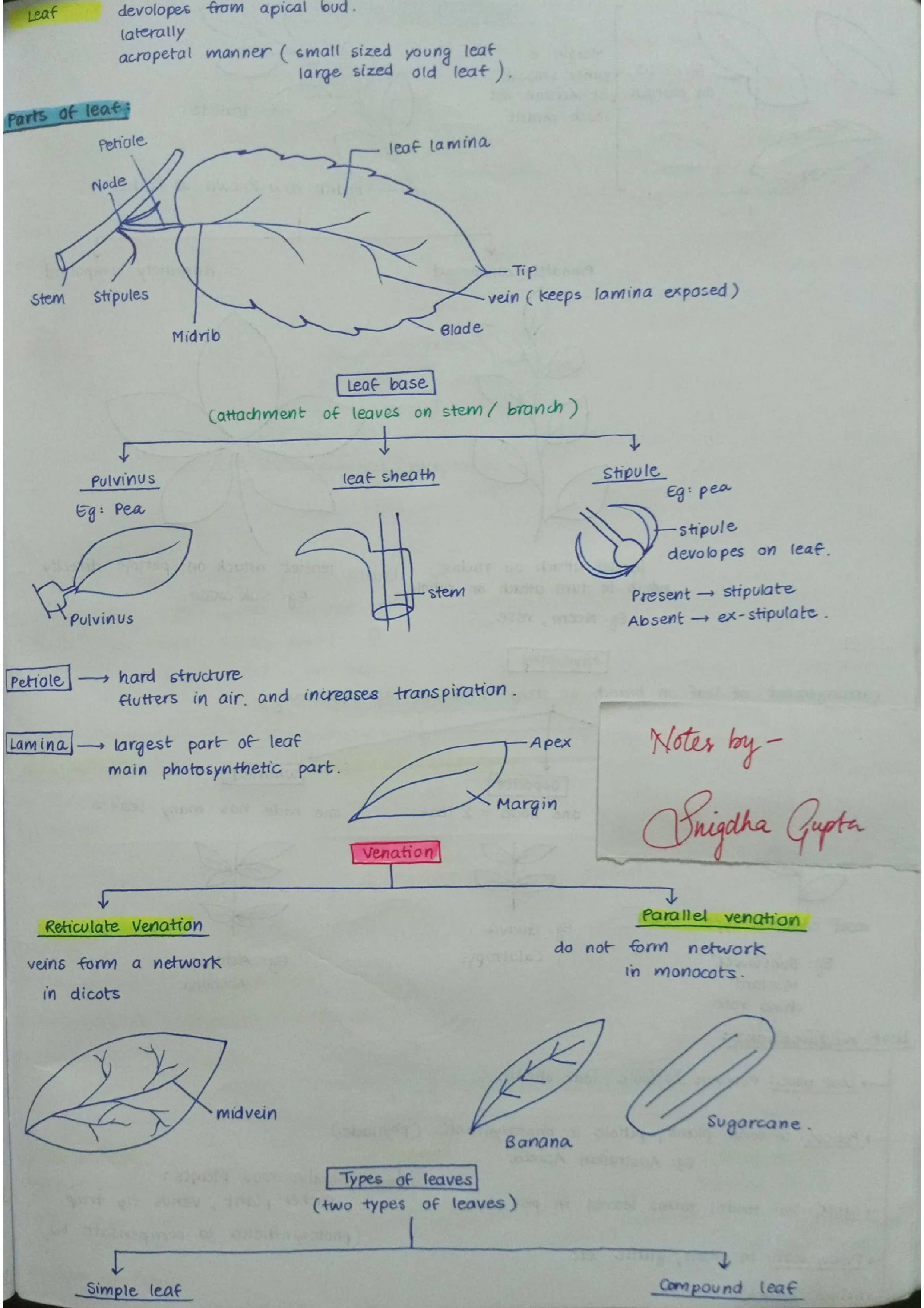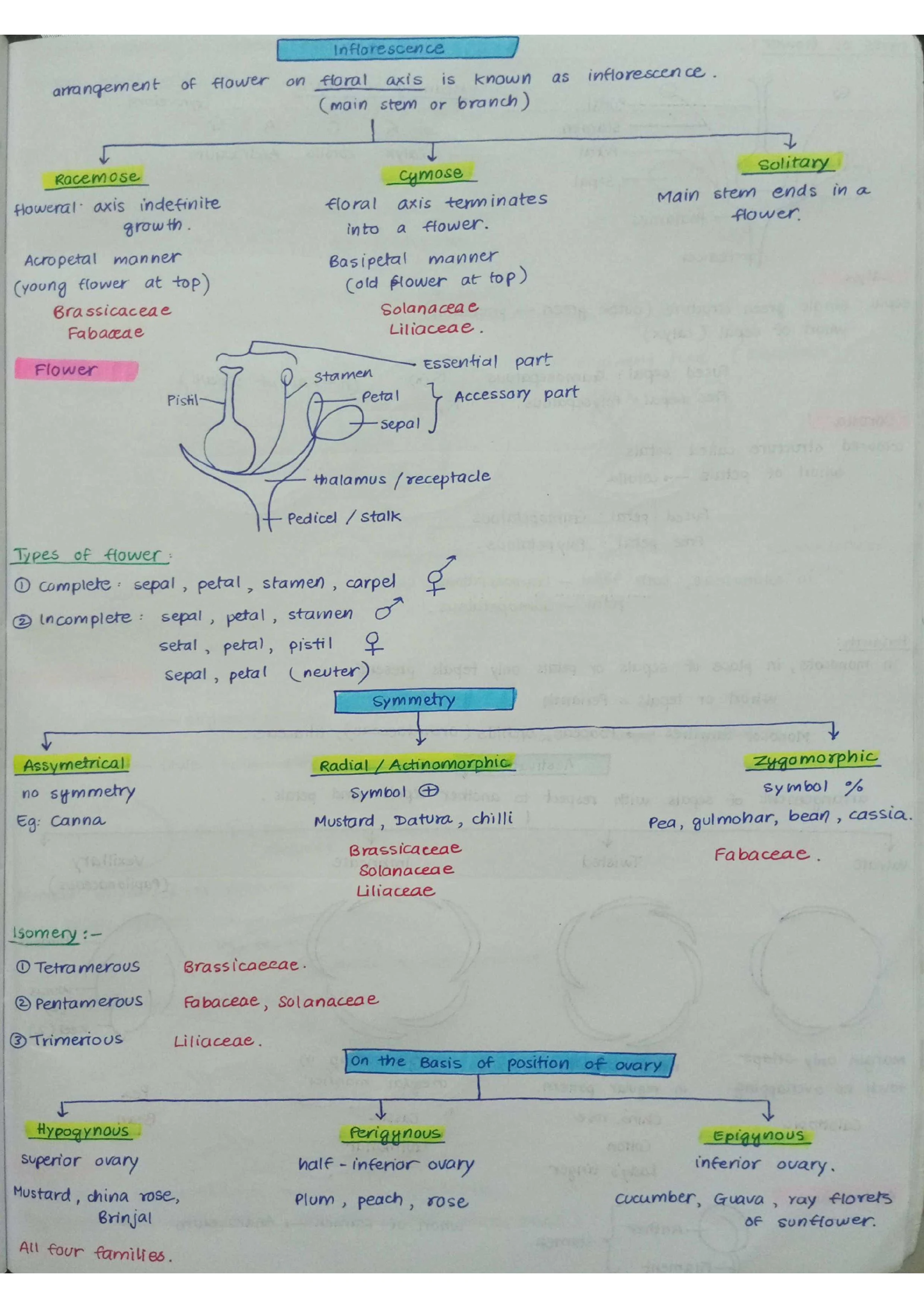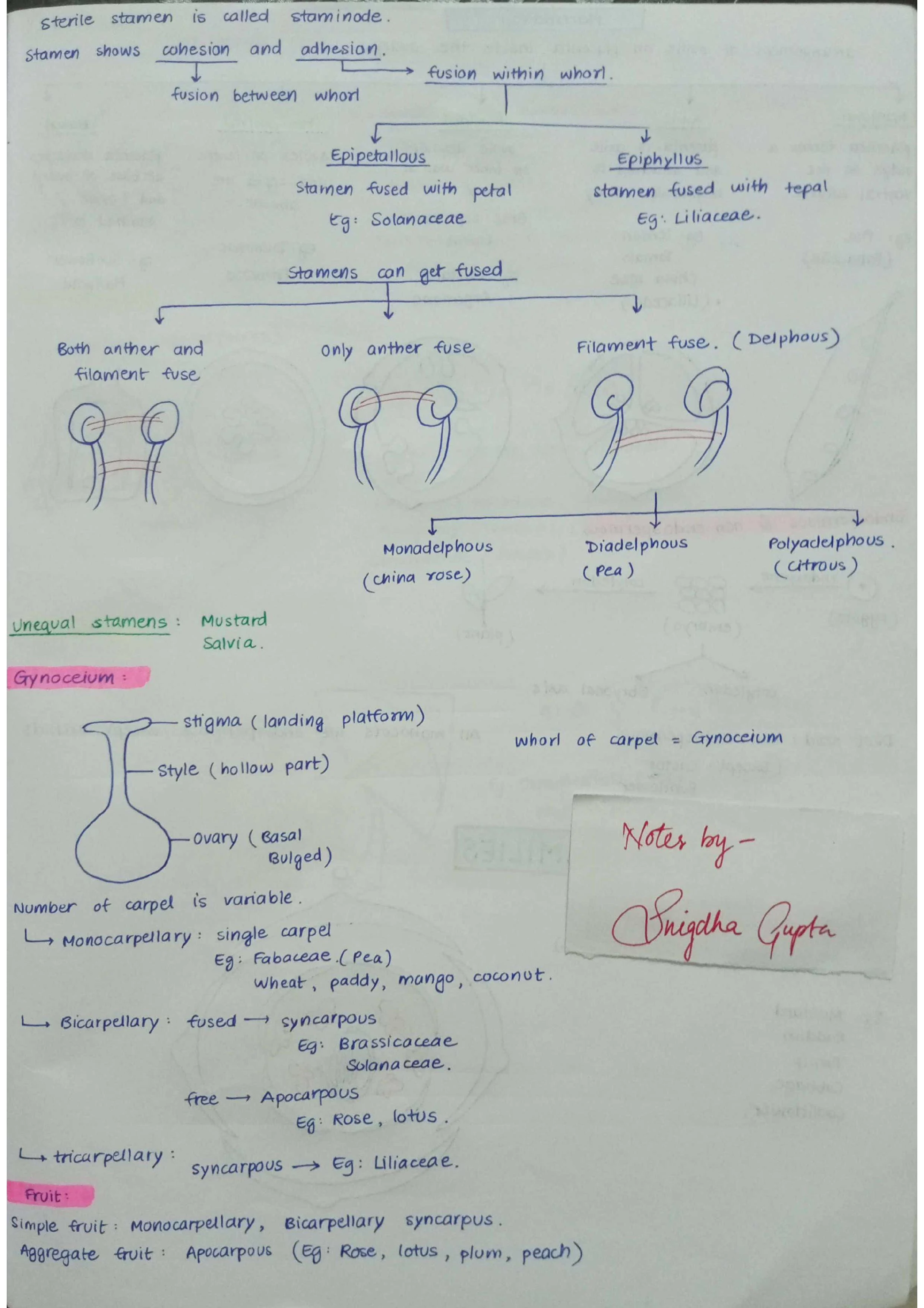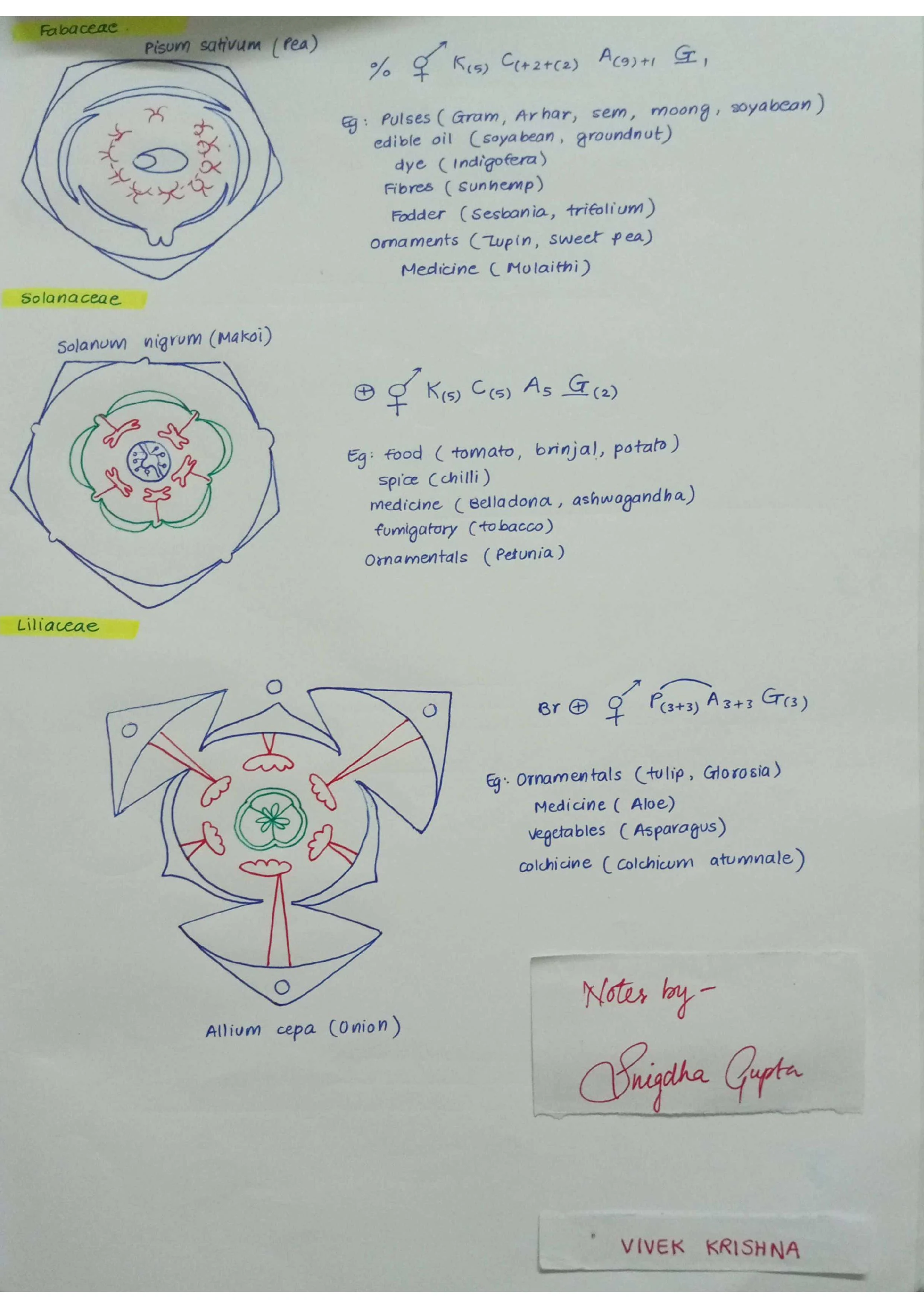Flowering plants, also known as angiosperms, are the most diverse group of plants on Earth, captivating us with their vibrant colors, intricate structures, and unique adaptations. Their morphology, the study of their form and structure, reveals a fascinating interplay between function and design. This comprehensive overview delves into the essential components of a flowering plant, exploring their diverse characteristics and their vital roles in the plant's life cycle.
Morphology of Flowering Plants - Introduction
➡️Flowering plants, also known as angiosperms, are the most diverse group of plants on Earth, encompassing over 300,000 known species.
➡️Their unique characteristic lies in their reproductive structures, the flowers.
➡️But beyond the vibrant blooms, lies a fascinating world of structure and form, studied under the branch of biology called morphology.
➡️This article delves into the key morphological aspects of flowering plants, exploring their various parts and their roles.
Morphology of Flowering Plants - Plant Body
➡️Root System: Anchoring the plant and absorbing water and nutrients from the soil, the root system can be either taproot (single primary root) or fibrous (many branching roots).
➡️Stem System: Providing support, transporting water and nutrients, and housing reproductive structures, the stem system can be herbaceous (soft and green) or woody (hard and persistent).
➡️Leaves: Primarily responsible for photosynthesis, leaves are typically flattened structures with a petiole (stalk), lamina (blade), and often stipules (small appendages at the base).
Morphology of Flowering Plants - Reproductive Structures
➡️Flowers: The modified shoots responsible for sexual reproduction, flowers typically consist of four whorls (layers):
- Calyx: The outermost whorl, composed of green sepals that protect the flower bud.
- Corolla: The second whorl, composed of colorful petals that attract pollinators.
- Androecium: The male reproductive whorl, composed of stamens, each containing a pollen-sac (anther) and a stalk (filament).
- Gynoecium: The female reproductive whorl, composed of one or more carpels, each containing an ovary (housing ovules), style (a stalk), and stigma (receptive surface for pollen).
➡️Inflorescence: The arrangement of flowers on the stem, with various types like racemose (unbranched) and cymose (branched).
➡️Fruits: The ripened ovary that develops after fertilization, containing seeds and serving as a dispersal unit.
➡️Seeds: The embryonic plant enclosed within a protective seed coat, facilitating reproduction and dispersal.


